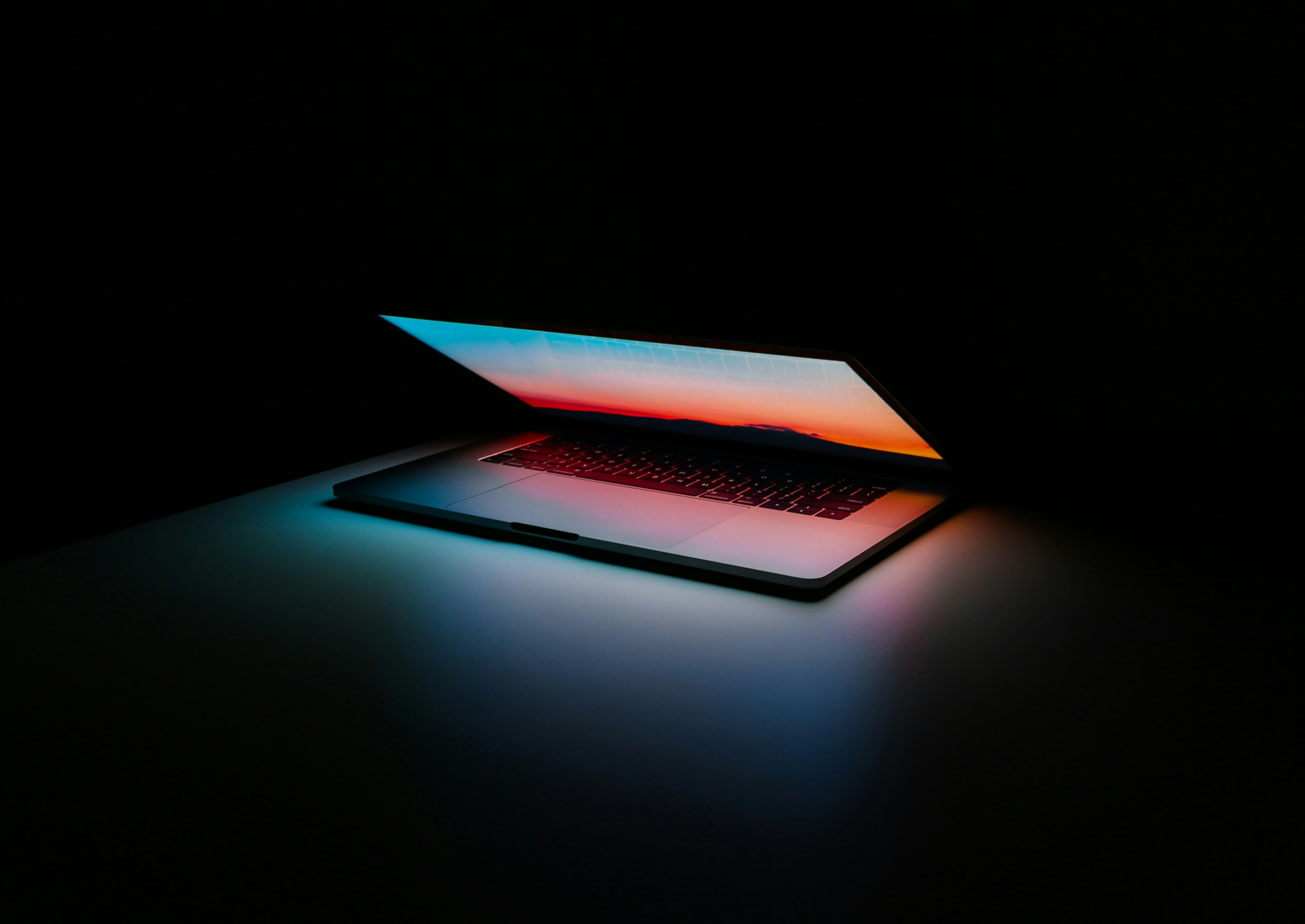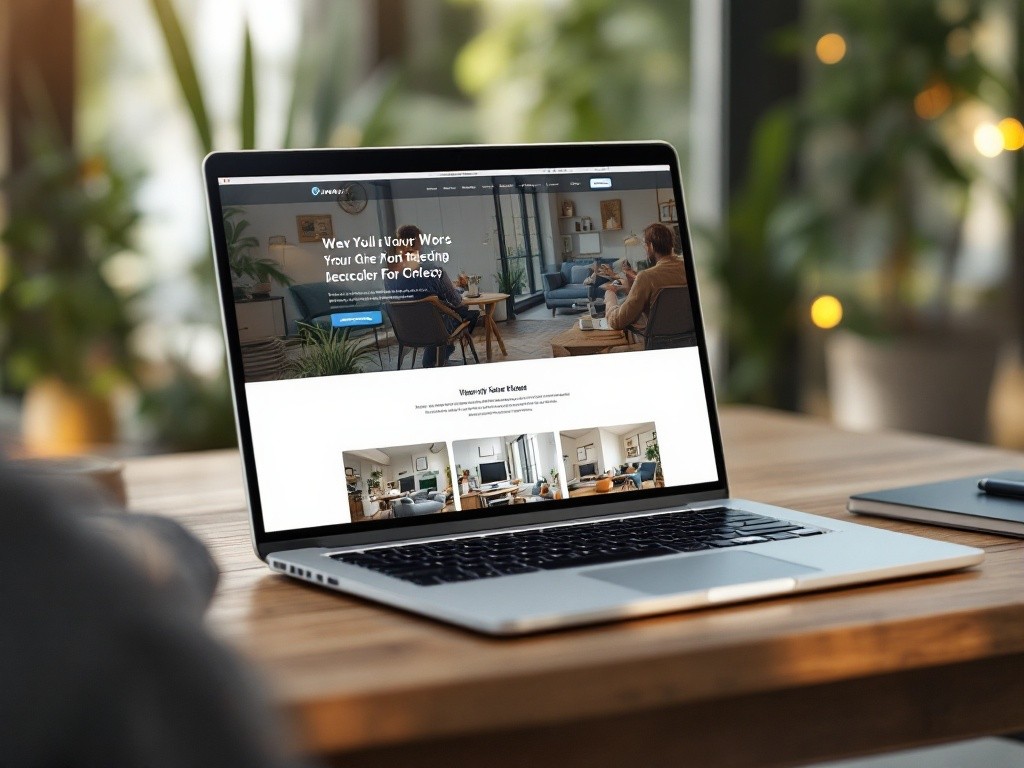Dark Mode Design: Benefits and Best Practices
Introduction
Dark mode is no longer a trend—it’s a necessity. From improving visual ergonomics to enhancing battery life on devices, dark mode offers a modern aesthetic and functional benefits. This article explores why dark mode is essential and how designers can implement it effectively.
Author
READ
Category
Reduces Eye Strain: Soft, muted colors in dark mode are easier on the eyes, especially in low-light environments.
Energy Efficiency: OLED and AMOLED screens consume less power when displaying dark colors, prolonging battery life.
Enhances Content Focus: Dark backgrounds naturally draw attention to content, improving readability and engagement.
Maintain Contrast: Ensure that text and elements remain legible by using high contrast between foreground and background colors.
Avoid Pure Black: Use dark grays instead of black for a softer, more visually appealing effect.
Design for Dual Modes: Offer users the option to toggle between light and dark modes for greater flexibility.
Test Accessibility: Use tools to verify color contrast ratios and ensure accessibility for all users.
Dark mode is more than a trend—it’s a way to create user-friendly, visually stunning websites that cater to modern design preferences.





